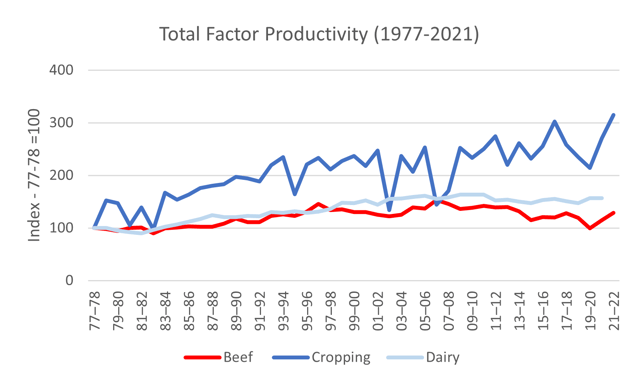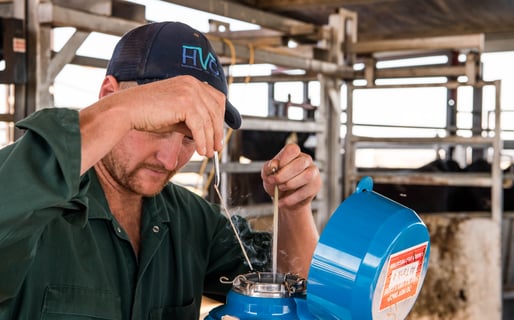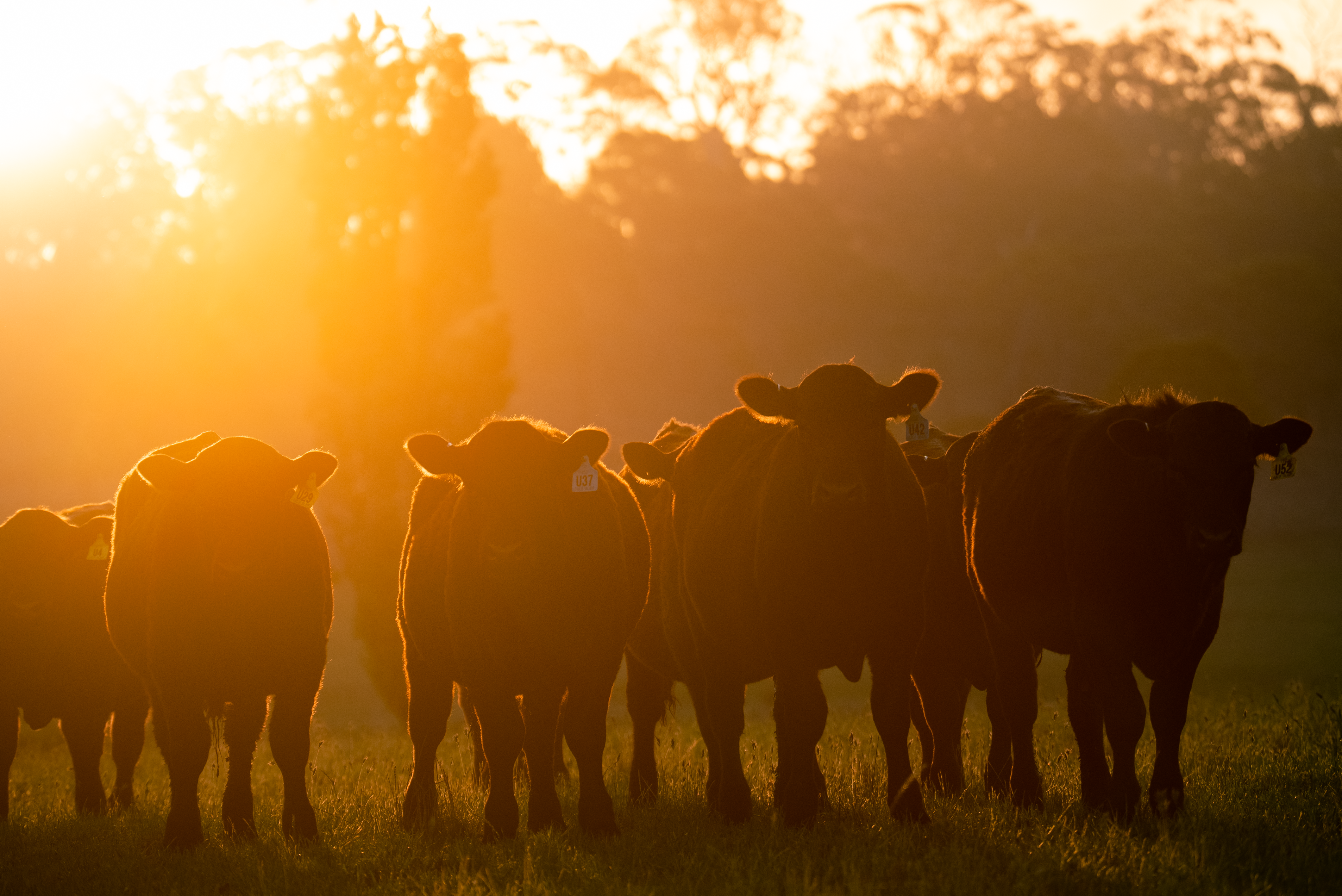The Australian Beef Market in 2025: An Absolute Cracker
In this column in July, the StoneX H2 2025 Australian Cattle & Beef Market Outlook’s bold calls were analysed and assessed for what the final 6...
AuctionsPlus recently joined 250 passionate delegates from across the beef supply chain at the Young Beef Producers Forum.
The forum was in Roma, a town built so comprehensively around cattle such that steer prices are broadcast alongside the morning news.
Remarkably, despite the distraction of big hats, cold beer and a mustering drone playing Slim Dusty, many serious conversations were had about the future of the beef industry.
At the opening of the conference, JS Grazing’s Julie Shaw - who was last year named The Weekly Times Beef Farmer of the Year alongside her husband Jeremy - spoke of the “golden triangle” of falling prices, rising interest rates, and a looming dry spell.
It set the scene for how the industry must look for productivity improvements. It's something that has changed little since the late 1970s, with ABARES data showing how beef has underperformed against the cropping and dairy sectors.

Considering the economic and climatic uncertainties facing producers, speakers at the forum emphasised the importance of using data to inform stock management decisions and drive productivity gains.
Optiweigh founder Bill Mitchell identified that productivity gains are critical if you cannot control prices of output or the costs of inputs.
Fertility guided by GBVs and herd profile to drive productivity growth
Professor Ben Hayes of the Queensland Alliance for Agriculture and Food Innovation (QAAFI) at the University of Queensland has a proposed solution to that productivity issue.
His research suggests a key driver of beef productivity and profitability is the fertility of commercial females.
According to QAAFI, fertility differences can account for up to three extra calves over a cow’s lifetime.
MLA estimates almost two-thirds of commercial cattle producers in Australia used BreedPlan Estimated Breeding Values (EBVs) and one-third view their main benefit as supporting decision making and selection.
However, their use is limited to within breed comparisons and require bulls to have many daughters before the EBV becomes accurate for important traits like fertility.
Genomic Breeding Values (GBVs) on the other hand, permit selection data on crossbred, mixed and composite animals, and can estimate fertility traits sooner and without pedigree data.
This presents exciting opportunities for northern commercial cattle producers to improve genetic gains in mixed-bred herds.
One study claimed that since genomic selection was widely adopted in the Australian dairy industry in 2011, there has been major rates of genetic gain, potentially explaining the widening gap in productivity.
QAAFI has developed a reference herd of over 36,000 heifers in their Northern Genomics Project and can conduct a ‘herd profile’ for producers to compare their stock genetics.
If a profile were to identify poor herd fertility (for example, in heifer puberty), producers could correct it by culling females with low genetic merit and focusing bull selection on traits like negative days to calving and scrotal size.
How to translate data into practical herd management
In his presentation, Prof. Hayes, who helped coordinate the project, said potential gains from GBV and the herd selection tools would work best if producers:

Had a clear breeding objective by determining the optimal balance of traits. He warned against targeting a single trait as it may compromise other traits. For example, aiming solely for growth may adversely affect fertility or meat quality.
Selected from animals as early as possible by conducting early genomic testing. Understanding the breeding value of that animal allowed for earlier selection decisions.
Use GBVs to support selection on the female side and identify elite females for breeding programs. He said there was potential to combine superior genetics with IVF and produce numerous progeny from a single heifer.
Prof. Hayes made a cautious prediction that the price paid for elite females could approach that of bulls on the back of good genomic information and the potential to produce more offspring from IVF.
The future
Additional GBV traits are under development at QAAFI to help producers make productive and profitable decisions.
The methane GBV, which estimates the amount of methane a commercial cow produces, may become increasingly important as farmers are put under more pressure to track emissions.
Again, here fertility will be important. Cows that produce more calves will have lower methane emissions per kg of beef than those that don’t.
Considerations
According to Prof. Hayes, fertility will play an important role in building productive and profitable beef herds.
It is not a panacea to the headwinds facing beef production and it would be unwise to base herd selection solely on data and forgo experience or an appreciation of phenotype.
Nonetheless, new tools based on GBVs are available to northern commercial cattle producers to help make herd selection decisions more objective and less subjective.
Given the significant number of people in the room who put their hand up when Prof. Hayes asked who was already genotyping animals, it's clear the next generation of beef producers are employing the many tools available to them as they ‘take the reins’ of the industry.
.jpg)
In this column in July, the StoneX H2 2025 Australian Cattle & Beef Market Outlook’s bold calls were analysed and assessed for what the final 6...
.png)
Each December we save the last article of the year for a bit of a crystal ball gaze, as we try to bring together market fundamentals and work out...
.png)
Australia’s wool market posted another strong performance this week, with all micron categories attracting solid support across the three selling...
